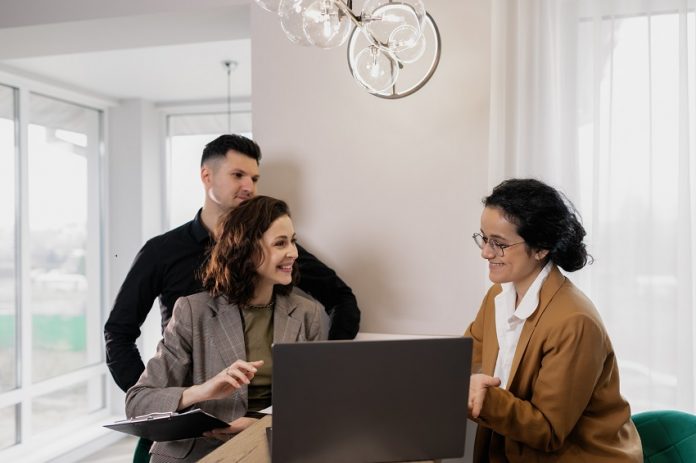With the inception of computers, technology changed the way people work. As it currently stands, the rise of home-based offices is also beginning to change how we live and interact with people. This has been made more realistic by the COVID-19 pandemic, which has forced people to work remotely.
While working from home has its advantages, it is not always a glamorous option since not all homes are designed to function as an office. However, this is meant to change in the near future.
Homes Turned Into Offices
Two years ago, a home was dedicated to sleeping, recreation, and eating. No one had fathomed that a house would be turned into an office. Since then, many households have been turned into offices, and designers are getting a clear picture of what is expected from them when designing houses.
It shouldn’t come as a surprise to find a cavernous entryway for people to walk through on their way to an elevator. Such designs have replaced the common structures where residents had to walk on regular entrances to enter their homes.
The home office trend is also extending to new constructions where newly-built houses have dedicated office spaces. Additionally, in multi-family units, communal places have been reworked, with the primary goal being to accommodate a design that integrates an office.
Some of these typical layouts include square footage, hardware for barn door, and an alcove office space, which has been allocated to different living spaces.
Custom Made Spaces
Entryways have also been designed to accommodate small offices and recreational areas. Additionally, some buildings have custom-made spaces that contain a library, a large coworking area, readily-available Wi-Fi, and a kitchenette.
Such amenities are not meant to offer an aesthetic touch. On the contrary, they are strategic initiatives that are part of a business plan aimed to attract and retain customers who are increasingly participating in a rapidly growing remote workforce. These amenities are vital and are factors that home buyers or sellers should consider when selling their houses.
The overall shifting environment for office workers simply means that they will be new paradigms that stipulate how homes will be built. As such, new construction designs must accommodate workspaces dedicated to office-based roles. Therefore, it shouldn’t come as a surprise that most analysts see a trend that will eventually become permanent.
Growth in Home Automation
Another trend that the ongoing pandemic has fueled has been the movement of people from urban to rural areas. Generally, the residential areas are growing, with the population moving towards rural areas since most workers do not have to commute to offices as often as in urban areas. This means that there is a growth in home automation, with intelligent systems witnessing increased production and subsequent implementation.
It is expected that there will be an increase in intelligent system usage by $85 billion by the end of 2023. This trend will be driven by advancements in technology and the ever-increasing internet usage during the pandemic. As such, the challenge will solely lie in technology companies that must provide readily available solutions to homeowners.
Safety in the Work Environment
One issue that faces homeowners and builders revolves around the safety of those around them or their working environment. For instance, it is common for homeowners to consider plug load and whether enough power is needed to oversee the overall implementation of suitable working environments.
There is also a challenge in tracking power consumption and differentiating the energy used for work-based activities and that used for homes. For instance, some employers have begun reimbursing their employees’ electricity bills that may have accumulated while working at home. In order to achieve this, employees will have to identify their energy consumption, and this is where builders come into play.
Comfortable and Attractive Environment
Architects have also considered basic needs when designing homes or apartments meant for office use. For example, a common trend has been seen in interior design where soothing picturesque and welcoming neutrals have been used to create a comfortable and attractive environment.
If the pandemic continues for an additional two years, homes will have to be made permanent offices. Therefore, there needs to be a permanent arrangement among employees and employers who will want to have their home infrastructure demands addressed. An advantage is that there will be less tolerance for shared spaces in the workplace.
Additionally, a dedicated home workspace provides a quiet environment for employees, thus making them productive. Additionally, it provides some psychological benefits to employees. Employees can comfortably work in their designated offices while their children spend time in other rooms within the house.










